Little Red Hen is not useful only as a story for little children. It can be helpful in the class of a bit older pupils who are already capable of basic literary analysis s well. This story clearly doesn't qualify as a fairy tale. Apart from talking animals (which are actually representations of two diametrically opposite forces), there are no magical elements. What is even more important, there is no transformation of the main character, the most important element of all classic fairy tales. The conflict is simple, predictable, without escalation, the resolution doesn't change anything.
But there is still a strong moral message, what makes The Red Hen pretty obvious example of a fable (check the article on fables). If we want to find a fairy tale, similar to Little Red Hen, we wouldn't be very successful, but among fables, there is an indisputable favorite: The fable about the Cricket (Grasshopper) and the Ant.
Here is a short condensed info on the difference between fairy tales and fables.
The idea for the classroom: Compare both stories (fables) and have a debate about the characters!


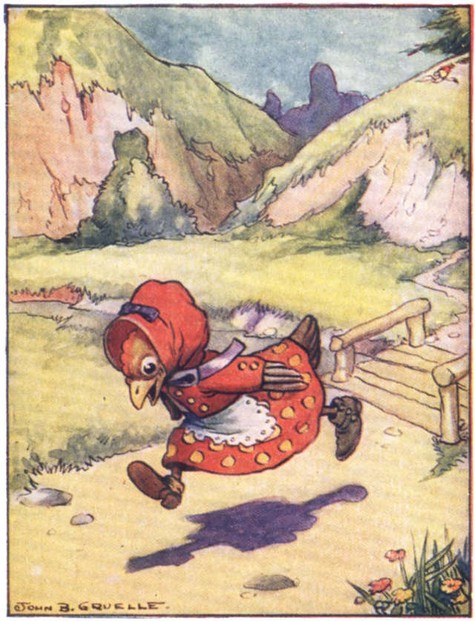
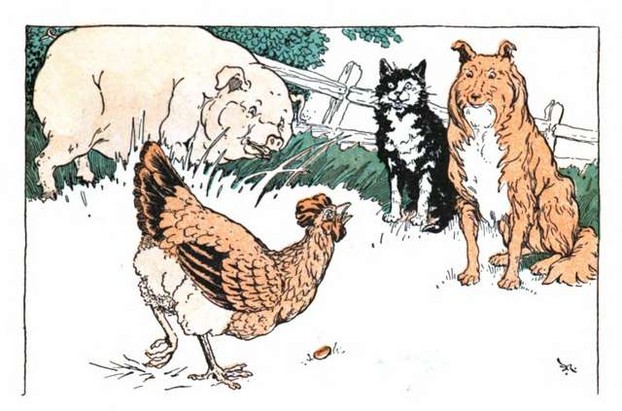

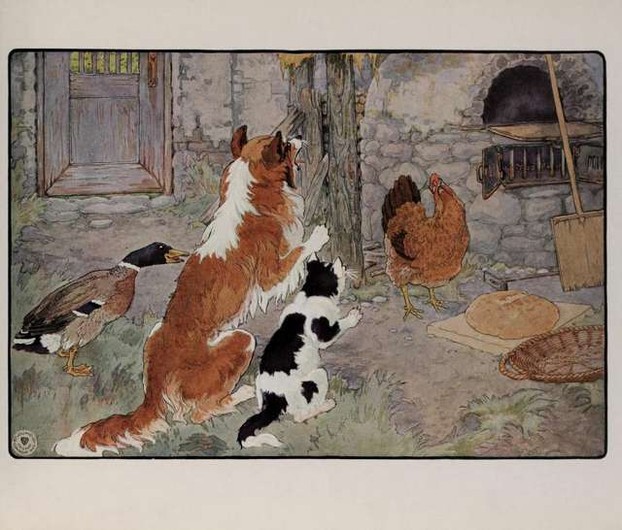
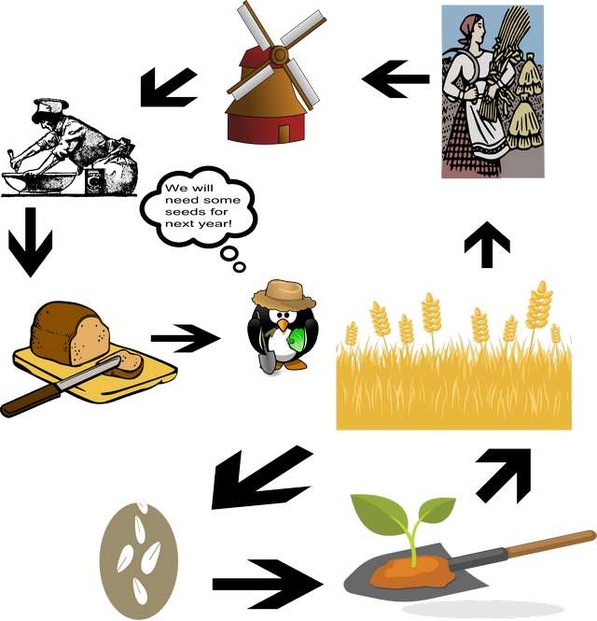
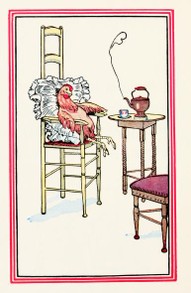
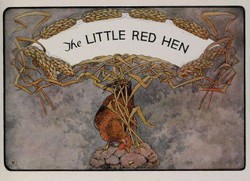

 Vintage Postcard Artists with 10 Examples of Easter Cardson 02/21/2025
Vintage Postcard Artists with 10 Examples of Easter Cardson 02/21/2025
 Valentine's Symbolson 01/23/2025
Valentine's Symbolson 01/23/2025
 Thanksgiving Symbolson 11/12/2024
Thanksgiving Symbolson 11/12/2024
 Famous Witches in Literary Historyon 10/06/2024
Famous Witches in Literary Historyon 10/06/2024

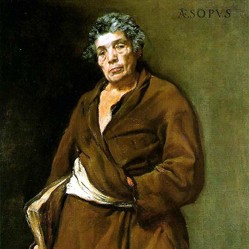
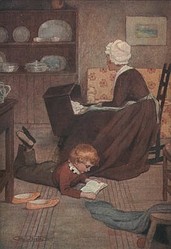
Do you have an additional idea for a classroom lesson based on The Little Red Hen?
Yes, DerdriuMarriner, I think so.
Most of my articles are linked to my other articles on HubPages or different blogs.
I strongly believe Perrault's version is more successful but a pinch of vengence is still expected.
The third lesson on ethics/selfishness caused me to ponder engagement, non-engagement, involvement, non-involvement, participation, non-participation in activities beneficial, contrary to group or individual welfare or innocuous.
Is it possible that the other animals need to see that benefits will accrue to all?
In particular, I appreciate the link to your Red Hen article on Hub Pages.
Might it be possible to link your other wizzlies to the articles that you've written elsewhere?
Previously, I meant to ask you about the information in your answer July 19, 2023, to my prior question, June 12, 2023.
Which version weathered the ups and downs of disliking and liking plot twists and turns: Perrault forgiveness or Grimm vengeance?
Sure, Cinderella is a great example of transformation and classic fairy tales are always about transformation. Yet, this may not be enough - at Cinderella, for instance, we have two famous variations: Perrault's where Cinderella forgives her step-sisters, and Grimm's where birds peck her sisters' eyes.
Wow, that's so awful to think of the little red hen becoming indifferent and lazy like the others. But that's definitely a possibility.
An appeal for me of fairy tales is the happy transformational ending that you suggest.
A good place would be one that wasn't connected to her life personally or professionally, correct? Fairy tales with happy endings, such as Cinderella, would suggest a good place as one removed from the normal, right?
(Cinderella turning from stepmother's and stepsisters' drudge into royalty would be an example of transforming, wouldn't it?)
Well, one example would be that the red hen becomes just like the others - lazy and indifferent. The other would be to break up the connections and find a good place where she could prosper (that would be closer to fairy tale lessons).
The 8th lesson on forms in literature intrigues me.
What is an example of how the little red hen could have been transformed or transformed herself?
Would listing the transformational options and consequences make an effective, interesting classroom lesson?